ISLAMIC ARCHITECTURE
1/33
There's no tags or description
Looks like no tags are added yet.
Name | Mastery | Learn | Test | Matching | Spaced |
|---|
No study sessions yet.
34 Terms
Islamic Architecture
Comprises the architectural styles of buildings associated with Islam which is a belief in Allah and Muhammad as a prophet.
Also known as Muslim, Muhammadan or Saracenic Architecture.
Mosque is the distinct building type.
Uses domes, tunnel vaults round and horseshoe arches.
Incorporates calligraphy and floral motifs in a geometric framework.
Mosque
Also called masjid or masjid.
It is the Muslim building or place of public worship.
Masjid
General term for Mosque used for daily prayer.
Jami
Congregational or Friday Mosque
Idgah
Place of community prayer.
Madrasa
A teaching Mosque
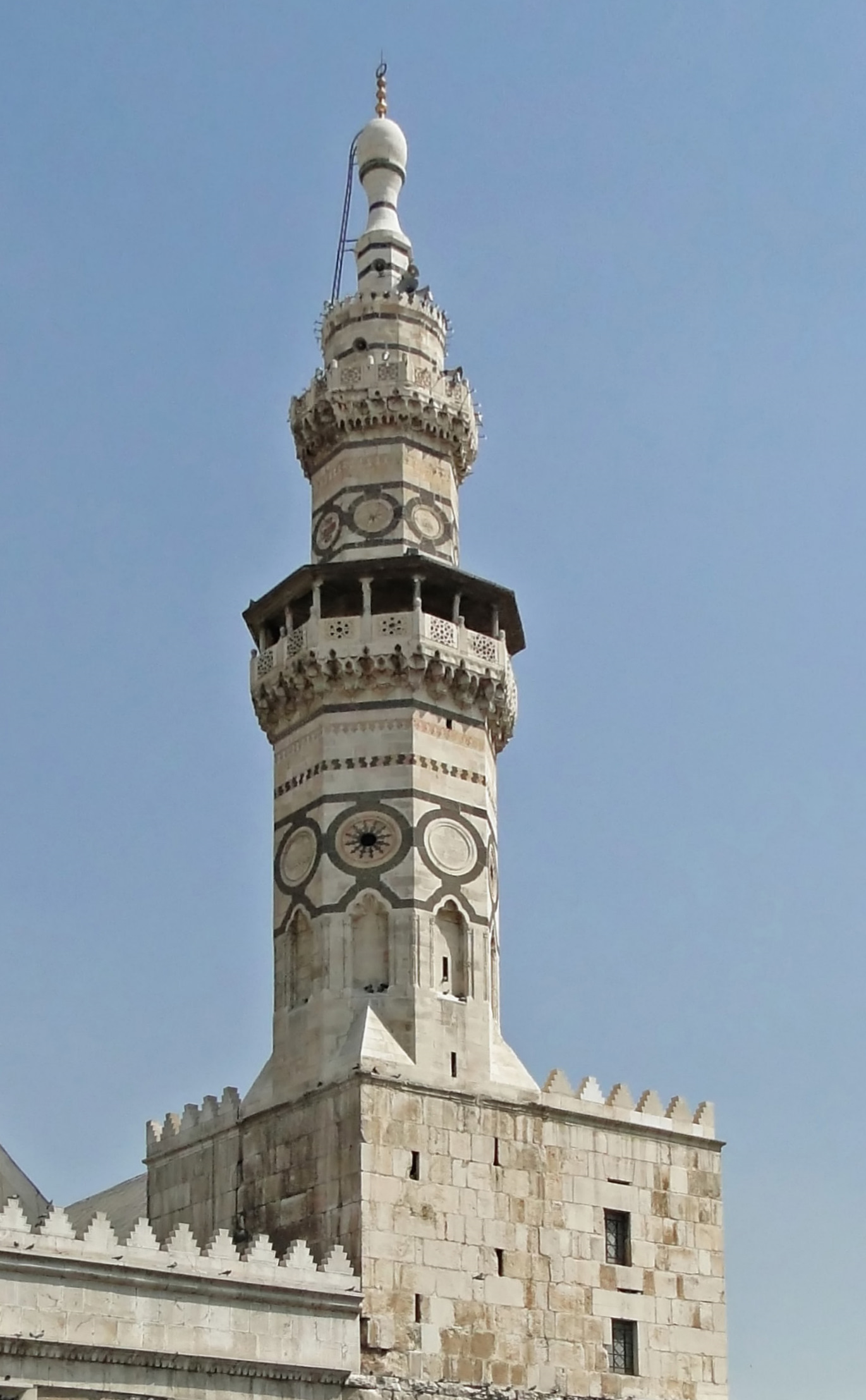
Minaret
A lofty, slender tower attached to a mosque having stairs leading up to one or more projecting balconies from which the muezzin calls the Muslim people to prayer.
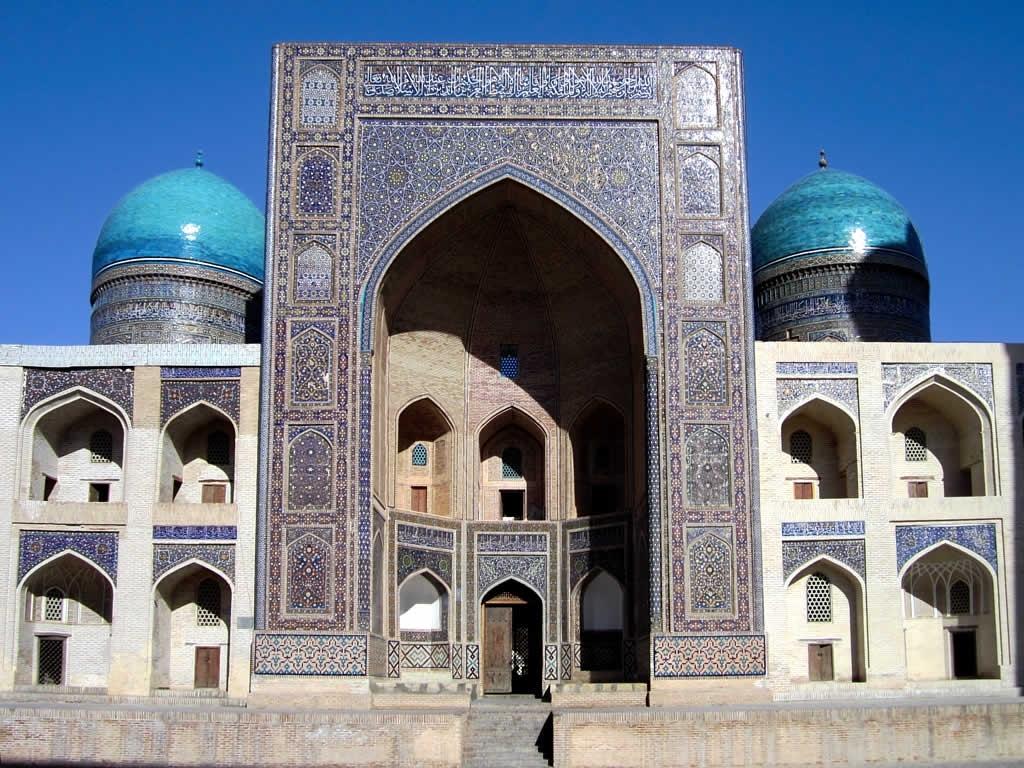
Iwan or Liwan
A large, vaulted portal opening on the central courtyard of a mosque.
Ex. Iwans and tiled domes of Mir-i-Arab madrasa, Bukhara, Uzbekistan
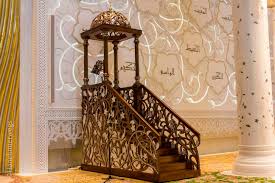
Mimbar
is a raised platform in a mosque where the Imam stands to deliver sermons and address the congregation during prayers.
Ex. Mimbar in Abu Dhabi Mosque
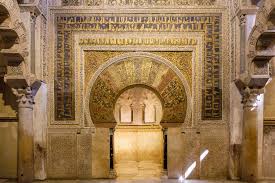
Mihrab
A niche in the wall of a mosque that indicates the qibla or the direction of prayer towards the Kaaba, in Mecca. The wall in which a mihrab appears is the qibla wall.
"Ex. Mihrab in the Mosque-Cathedral of Cordoba.
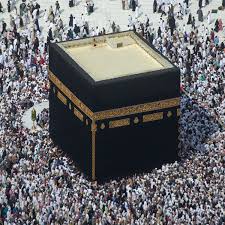
Qibla
Is the directional orientation in Islamic architecture that indicates the direction towards the Kaaba in Mecca, Saudi Arabia. It serves as a focal point for prayer alignment, often marked by a mihrab niche in mosques.
Ex. Kaaba in Mecca
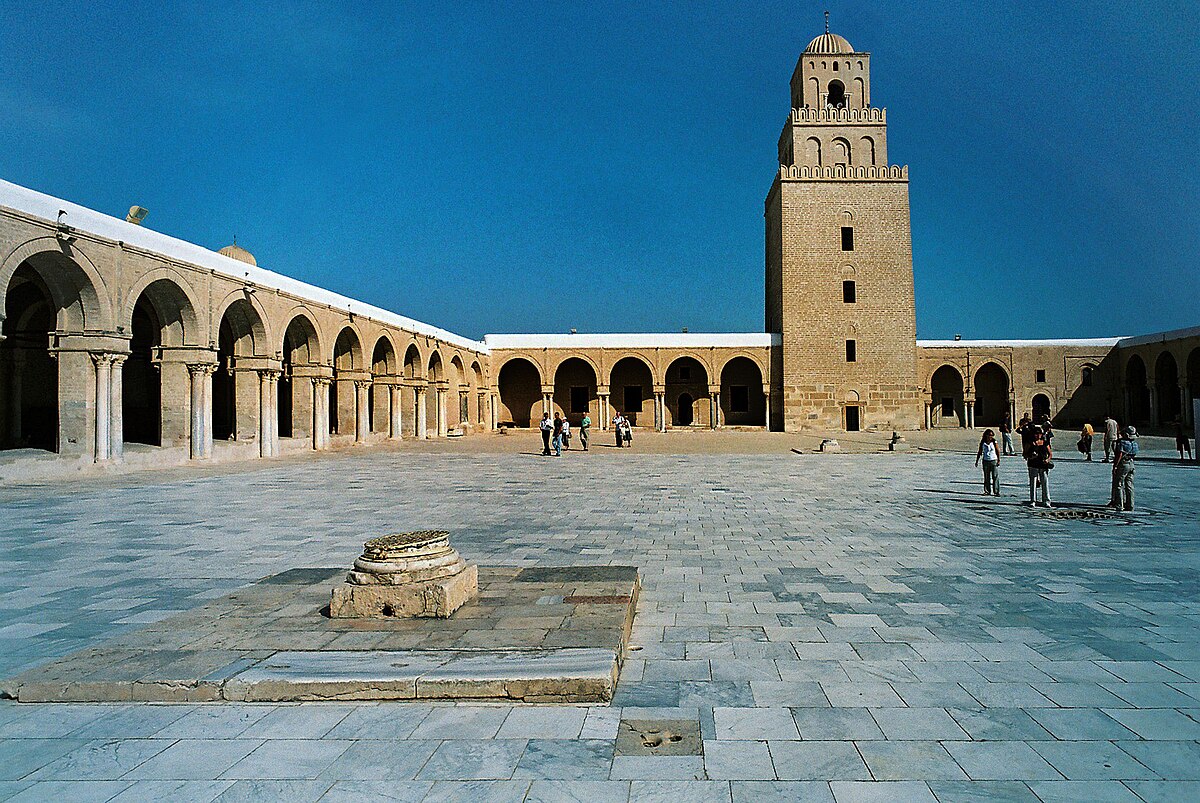
Sahn
It is a courtyard or atrium in Islamic architecture, especially the formal courtyard of a mosque.
Ex. Large Sahn of the Mosque of Ugba, surrounded by riwaq (arcades), in Tunisia.
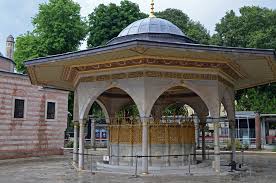
Fawwara/ Shadirvan
An ablution fountain where Muslims perform what is known in Arabic as ‘wud’, which is the process of Muslims cleansing themselves.
It is known that before prayer, Muslims are expected to cleanse themselves in order to be clean in front of God.
The ablution fountain is located in the center of the mosque’s courtyard.
Ex. Shadirvan at Hagia Sophia
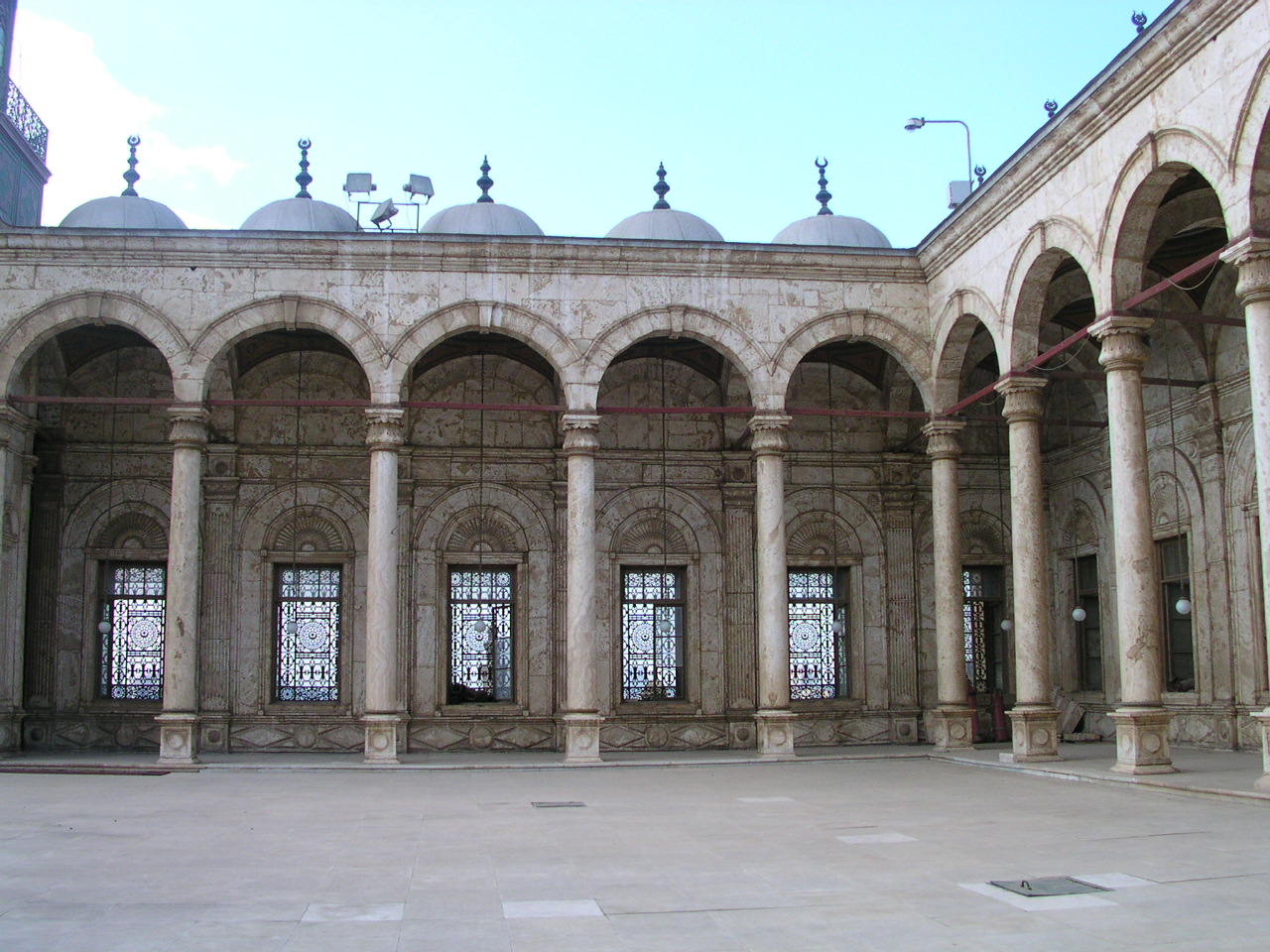
Riwaq
An arcaded hall of a mosque.
Ex. Riwaq at the Mosque of Muhammad Ali in Cairo

Dikka
It is a raised platform or tribune in a mosque from which the Quran is recited and where the muezzin chants or repeats in response to the imam's prayers.
Ex. The dikka in the Mosque of Sultan Hasan in Cairo.

Maqsura
An enclosure, box, or wooden screen near the mihrab or the center of the qibla wall in a mosque.
Ex. The wooden maqsura in the Great Mosque of Kairouan.

Zidaya
These are outside, narrow enclosures or ‘extensions to the mosque.
In most cases, they are between the inside of the mosque itself and the outside, and they serve to allow people to recognize they are entering a holy area.
Ex. The ziyada of the Great Mosque of Ibn Tulun.
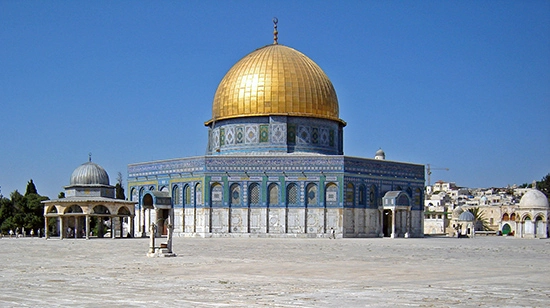
Qubba (Dome)
Most mosques also feature one or more domes, called qubba in Arabic. While not a ritual requirement like the mihrab, a dome does possess significance within the mosque—as a symbolic representation of the vault of heaven.
Ex. The wooden maqsura in the Great Mosque of Kairouan.
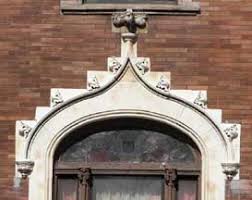
Ogee Arch
Are utilized atop pillars to create arcades, or rows of arches, surrounding courtyards to distinguish the separation of sacred space and secular space.
Itis a pointed arch, each haunch of which is a double curve with the concave side uppermost.
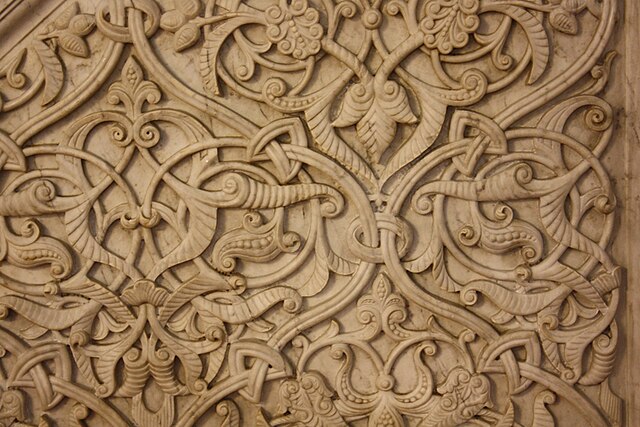
Arabesques
The arabesque is an elaborative application of repeating geometric forms that often echo the forms of plants and animals.
Arabesques are an element of Islamic art usually found decorating the walls of mosques.
Ex. Stone relief with arabesques in the Umayyad Mosque, Damascus, Syria
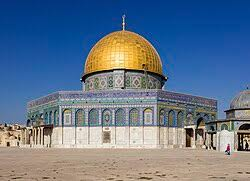
Dome of the Rock (Old City of Jerusalem, Palestine)
It is used as shrine influenced by Byzantine Architecture for pilgrims that is octagonal in plan.
The sacred rock from which Muhammad is said to have ascended to heaven is at the center of the structure.
Listed a UNESCO as a World Heritage Site and considered "Jerusalem's mostre cognizable landmark".
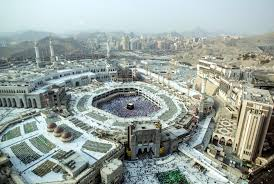
Great Mosque of Mecca (Mecca, Saudi Arabia)
Also known as Masjid Al-Haram, the Sacred Mosque. Surrounding the sacred Kaaba, is Islam's holiest site with a central courtyard accommodating millions during pilgrimages like Hajj, it features towering minarets and a main prayer hall with massive domes.
Pathways of Al-Safa and Al-Marwah add historical significance.
The largest mosque in the world.
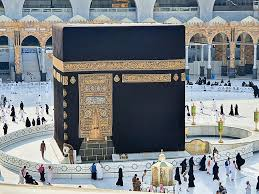
Kaaba
Also called Ka'ba or Ka'abah.
Considered by Muslims to be the Bayt Allah which means “House of God”.
Small cubical stone building in the courtyard of the Great Mosque at Mecca |covered in embroidered black silk and gold curtain.
It's the point which they face towards when praying, known as qibla.
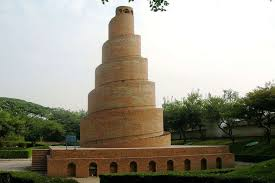
Great Mosque. Sammara, Iraq
Located in Samarra city, in Iraq built in the 9th century.
It remained the largest mosque in the world for 400 years before it was destroyed by the armies of the Mongol ruler Hulagu Khan during the invasion of Iraq in the year 1278.

Mosque of Ibn Tulun
A located in Cairo, Egypt, and Is considered one of the oldest mosques in Egypt and the whole Africa.
Its construction completed in 879 A.D. under the rule of Ahmad ibn Tulun, the founder of the Tulunid dynasty.
Moorish Architecture
The Islamic architecture of North Africa and especially of the regions of Spain under Moorish domination, characterized by the building of large mosques and elaborate fortress-palaces.
Structural systems and decorations adapted from classical antiquity and combined with Islamic architecture.

Alhambra, Granada, Spain
A palace and fortress complex located in Granada, Andalusia, Spain.
it is one of the most famous monuments of Islamic architecture and one of the best-preserved palaces of the historic Islamic world.
An example of Spanish Renaissance architecture.
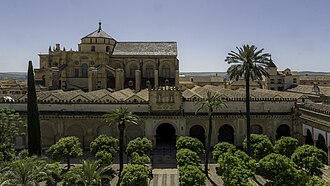
Mosque–Cathedral of Córdoba
It is the cathedral of the Roman Catholic Diocese of Cordoba dedicated to the Assumption of Mary and located in the Spanish region of Andalusia. Previously a mosque and was converted into a Catholic Cathedral when King Ferdinand Ill of Castile conquered Cordoba,
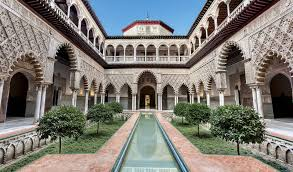
Real Alcazar De Sevilla
Originally a fortress located in the southern portion of Seville's fortification system
Located close to the Giralda and the Torre del Oro, the Alcazar is one of the city’s many Moorish Buildings.

Taj Mahal
It is an ivory-white marble mausoleum built by
Shah Jahan as 3 tombs for his wife, Mumtaz Mahal. Designed by Ustad Ahmad Lahori. Placed on a Chahar bagh, a platform at the end of a walled garden divided by canals.
The marble facade is decorated with floral motifs and a type of inlay called Pietra dura (using cut, fitted, and polished colored stones create images).
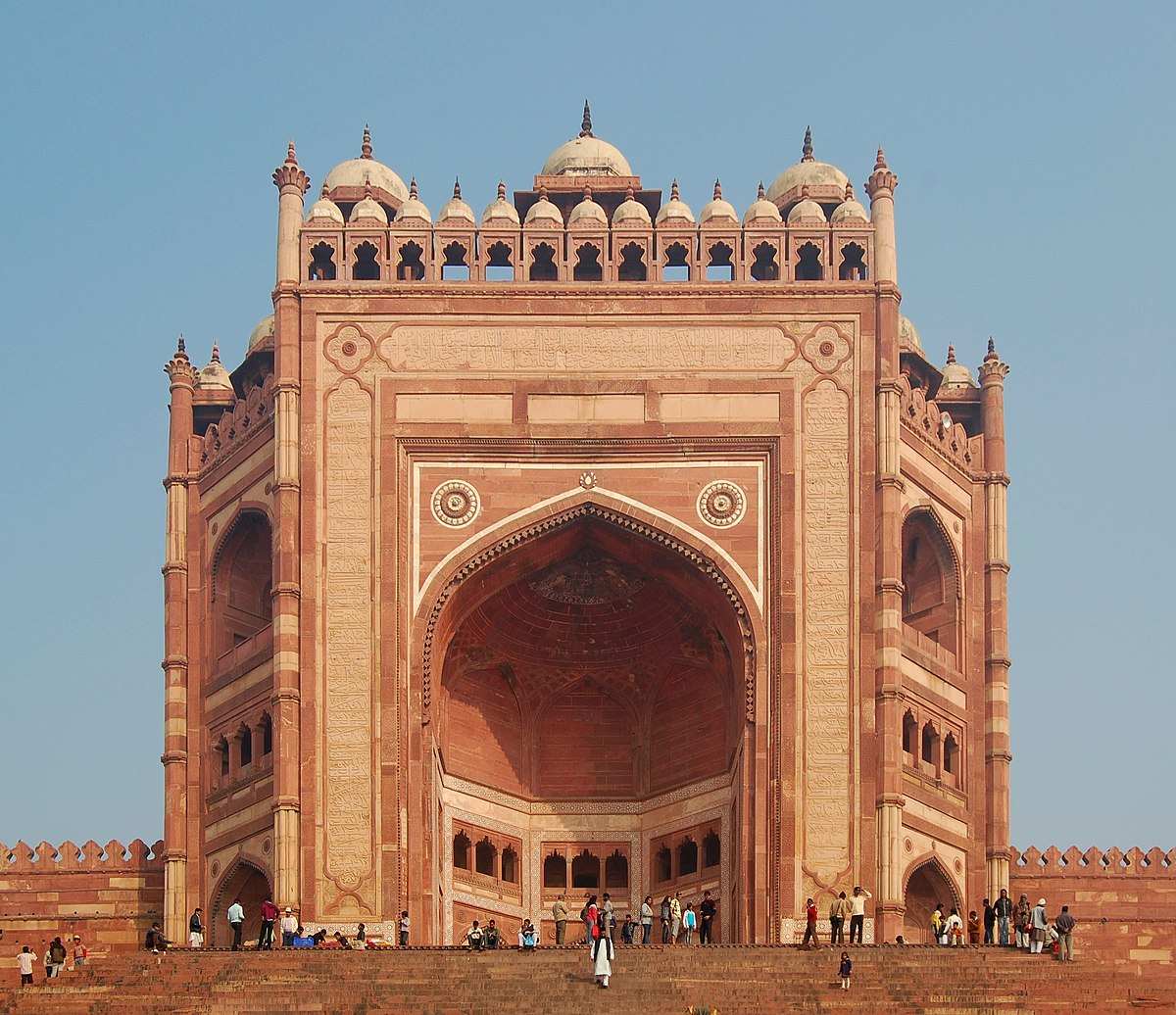
Fatehpur Sikri
Also known as city of victory. It is the capital of the Mughal Empire built by Emperor Akbar.
It sits on a long and narrow rocky hill, about 3 kilometers long and 1 kilometer wide. It's surrounded by a 6-kilometer-long wall on three sides, and on the fourth side, there's a lake.
Buland Darwaza, the 54 m high entrance to Fatehpur Sikri's, Jama Masjid.
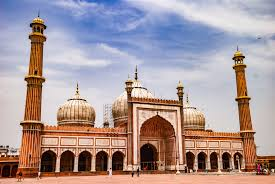
Jama Masjid
A 16th-century congregational mosque in the UNESCO World Heritage Site of Fatehpur Sikri.
The picture shown is the Buland Darwaza of Jama Masjid Fatehpur Sikri, which is also known as High Gate or Door of Victory.
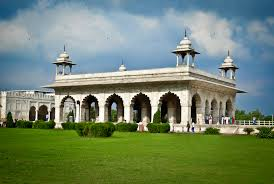
Red Fort (Diwan-i-Khas)
Also called as Hall of Private Audiences. Itis as a chamber in the Red Fort of Delhi that was constructed in 1648 to host receptions. Here, Mughal Emperor ShahJahan held audiences with courtiers and state guests.
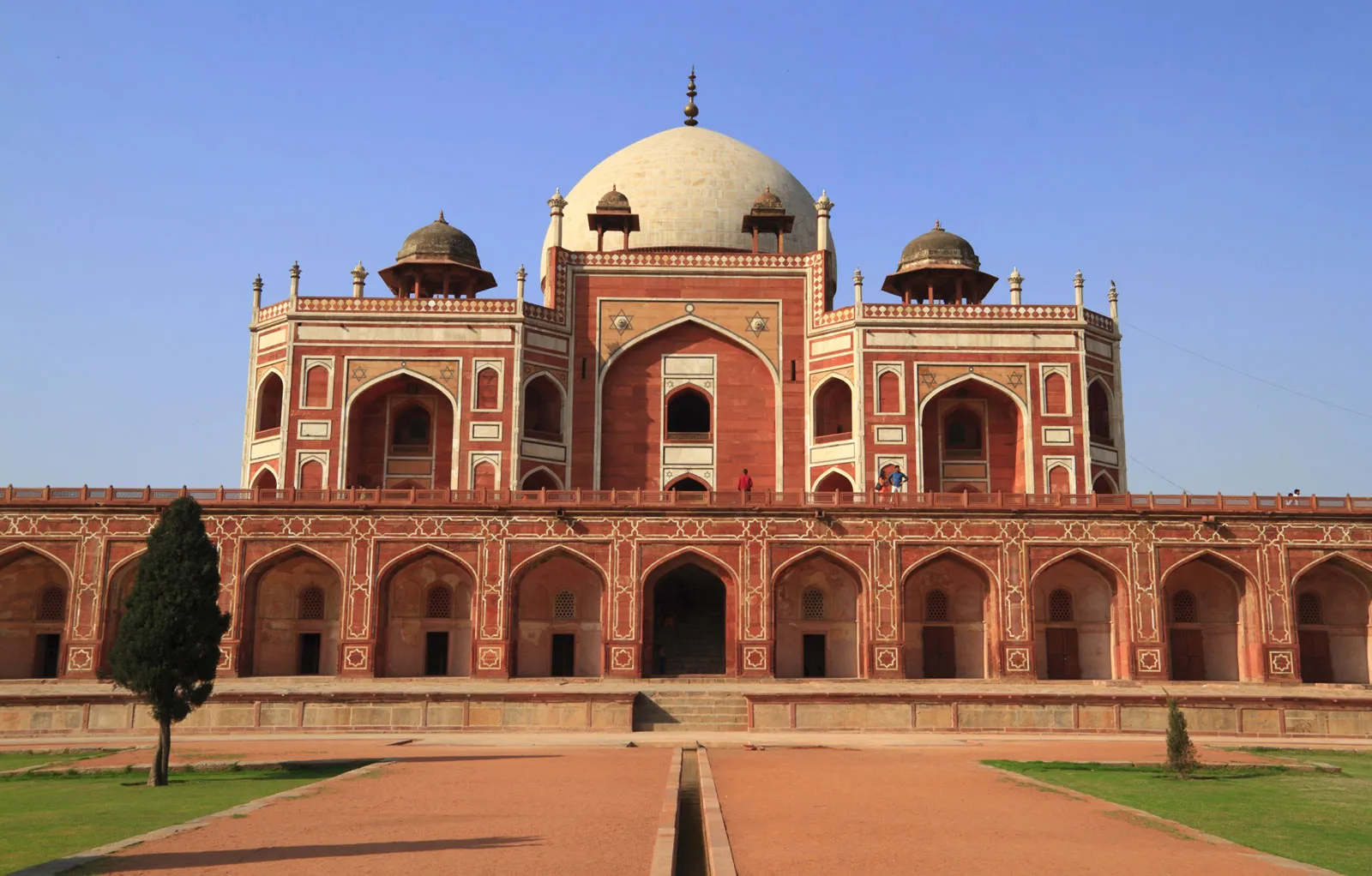
Humayun Tomb
A one of the earliest examples of the garden tomb characteristic of Mughal-era architecture, situated in Delhi, India. In 1993 it was declared a UNESCO World Heritage site. Designed by Persian architect Mirak Mirza Ghiyas. The structure inspired several other significant architectural achievements, including the Taj Mahal.